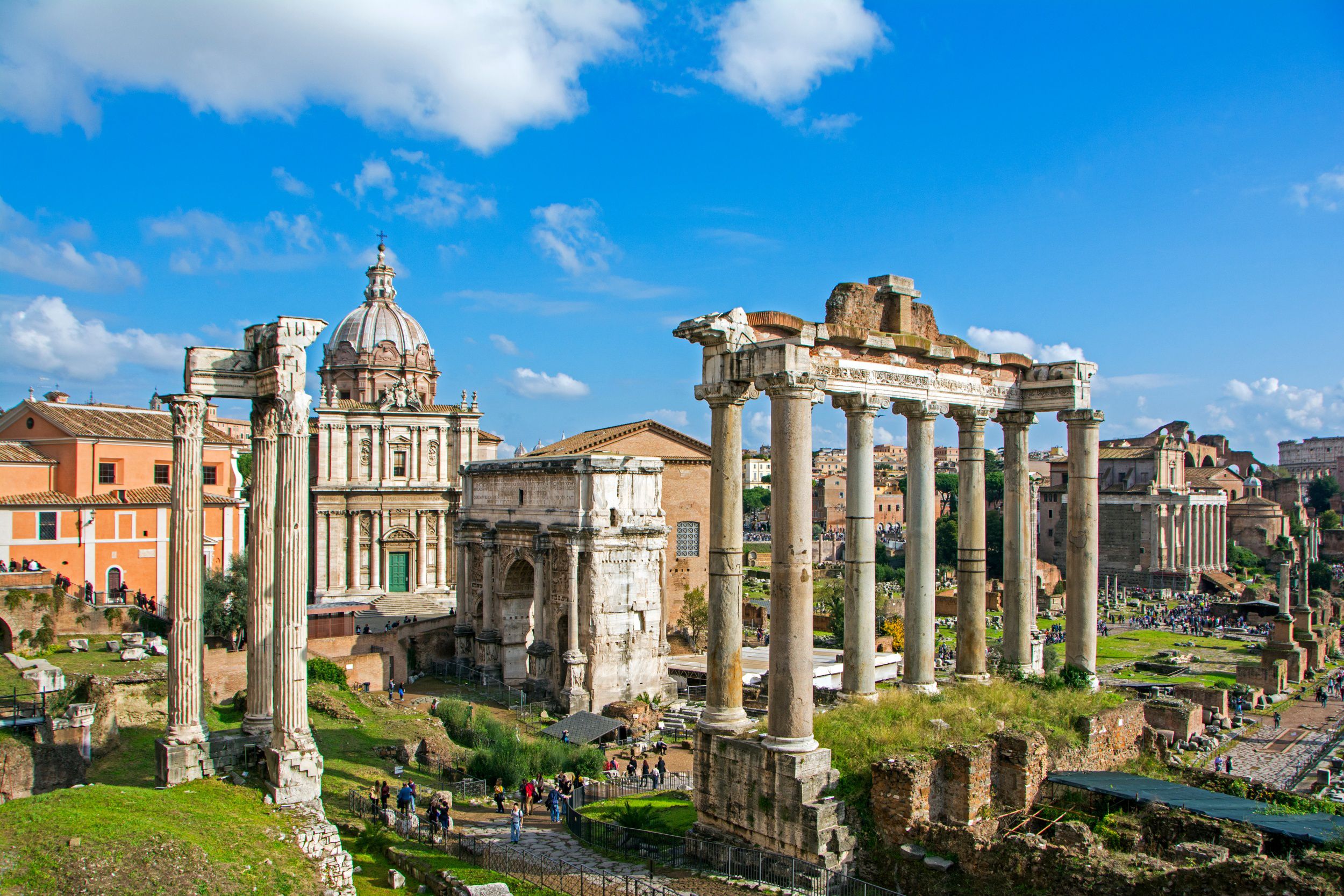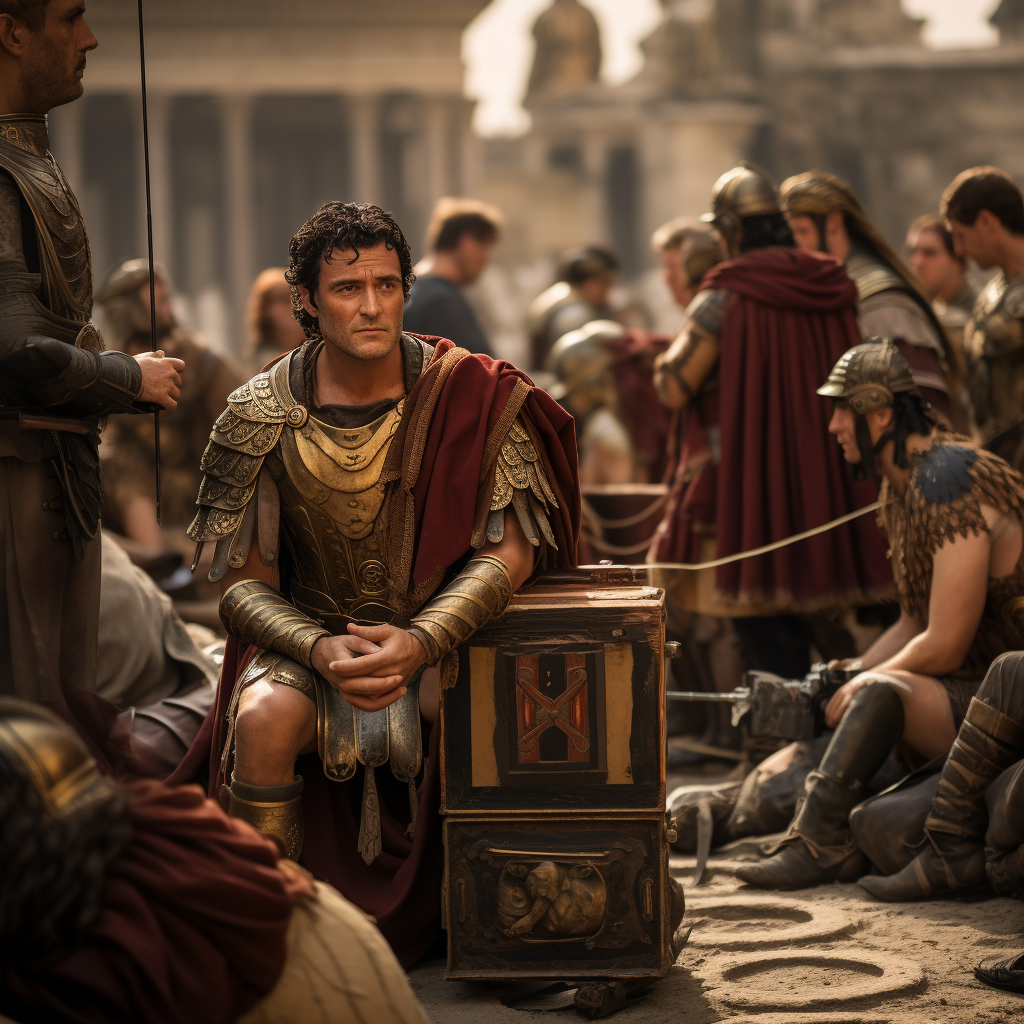There's something really cool about looking back at old ways of doing things, especially when it comes to something as fundamental as counting or even how huge empires were run. For ages, folks have been fascinated by the ancient Romans, and honestly, it’s not hard to see why. Their systems, their ideas, and even their way of writing down numbers still pop up in our lives, sometimes when we least expect it. It’s like a little piece of history is just sitting there, waiting for us to figure it out, so.
You know, whether you're trying to figure out what "XVIII" means on a clock face or just curious about how a vast empire managed to keep things going for so long, there’s a whole lot to unpack. We’re going to chat about those fascinating Roman numbers, what they stand for, and a little bit about the grand story of the Roman Empire itself. It's almost like stepping back in time, just a little.
This chat will help you get a better grip on how those old numbers work, and perhaps give you a clearer picture of some big moments in history. We'll even look at some ways to check your own grasp of these things, and you know, it's pretty neat to see how much of their influence is still around us today, in a way.
Table of Contents
- Unpacking the Roman Way of Counting
- How Did They Build Those Numbers, Anyway?
- The Roman Empire - A Story of Vastness and Change
- What Happened When the Roman Empire Fell?
- How Did the Romans Keep Everything Connected?
- Learning from the Past - Testing Your Knowledge
- What's the Deal with Our Alphabet and Its Roman Roots?
- The Enduring Echoes of Roman Times
Unpacking the Roman Way of Counting
Have you ever seen those funny letters on old buildings or in movie credits and wondered what they mean? We're talking about Roman numerals, of course. They're a really different way to write down numbers compared to our usual system, which uses digits from zero to nine. It's kind of neat to see how people counted before our current system became so widespread, you know?
One common thing people want to do is change a Roman number into our regular number, or the other way around. It’s a pretty handy skill, actually, especially if you ever come across something like a date written in that ancient style. You can just fill in a box, say, on a website, and it will help you figure it out. That's pretty cool, if you ask me, and it helps bridge the gap between their counting and ours, in a way.
The Basics of Counting, Romano Giancarlo Style
Let's take a look at some specific examples of these number symbols. For instance, if you see the letters "XXXV," that's a Roman numeral, and it stands for the number thirty-five. It's built up from a few parts, which is how many of these numbers work, sort of like putting building blocks together. Another one, "XVI," means sixteen. It’s not too hard once you get the hang of it, basically.
Then there's "XVIII," which translates to eighteen. And if you spot "XX," that's twenty. Each of these has a certain way it's put together, a pattern that helps you decode it. Understanding how these numbers are made helps you see the method behind the seemingly random letters. It’s pretty clever, really, how they made a whole counting system out of just a few letters, and that, is that.
Consider "XXVI," for example. That one is twenty-six. And "IX" is a bit of a special case because it's nine, but it's not "VIIII" like you might expect. It shows how sometimes a smaller number placed before a larger one means you subtract, which is a key part of the Romano Giancarlo style of using these number symbols. This small detail really changes how you read them, so.
How Did They Build Those Numbers, Anyway?
The way Roman numerals are put together is pretty interesting. Take "XXXV" again. It's literally ten plus ten plus ten plus five. So, it's written as X + X + X + V. That’s how they stacked up values. For "XVI," it’s like ten plus five plus one. It’s a straightforward additive system for the most part, but with those little twists we mentioned, like the subtraction rule, you know.
Making Sense of Numerals, the Romano Giancarlo Method
Let's look at a few more examples of how these numbers are put together, following what we might call the Romano Giancarlo method of understanding their construction. The number "XX" is simply ten plus ten. It's a clear doubling of the 'X' symbol. And "XVIII" follows a similar thought process: ten plus five plus one plus one plus one. Or, perhaps more commonly, ten plus eight, where eight is made up of five and three ones. It’s about breaking them down into their individual parts and then adding them up, mostly, or subtracting where that special rule applies. It's actually quite logical once you grasp the simple rules, sort of.
Even for numbers like "IX," which stands for nine, the construction is clever. Instead of writing four 'I's after a 'V' (which would be 'VIIII'), they put the 'I' before the 'X'. This means you take one away from ten, making it nine. This little trick helps keep the numbers from getting too long and repetitive. It shows a bit of efficiency in their system, which is pretty neat. This particular way of doing things is a hallmark of the Romano Giancarlo approach to number representation, really.
The Roman Empire - A Story of Vastness and Change
When we talk about the Roman Empire, we're discussing what many people consider the biggest civilization in Western history. It started off with a lot of ambition, and in its early days, it gained a huge amount of its influence and control. This period was when it really spread its wings and started to become the massive power it's remembered as today. It’s pretty incredible to think about, how much they grew from humble beginnings, you know.
By the year 117 AD, the Roman Empire had stretched out to cover at least six million square kilometers. Just try to picture that amount of land – it’s a truly vast area, encompassing so many different peoples and places. That much land was under their sway, showing just how far their reach extended across the known world at the time. It was a time of immense power and expansion, and that, is that.
The Scope of Roman Dominance, a Romano Giancarlo Look
The sheer size of the Roman Empire, as seen through a Romano Giancarlo look at its history, is quite astonishing. They didn't just conquer places; they also figured out ways to keep them connected and working together. This included setting up systems for communication, for moving things and people around, and even for laws that could be used everywhere they had control. It was a pretty smart way to keep such a huge area organized, honestly.
They were also really good at taking ideas and practices from other cultures they met and making them their own. This ability to adapt and absorb things from others helped them grow and become even stronger. It’s like they knew how to pick out the best bits from everywhere and make them fit into their own way of life, which is kind of a big deal for a powerful empire, really. This adaptable spirit is a key part of understanding the Romano Giancarlo perspective on Roman influence, too it's almost.
What Happened When the Roman Empire Fell?
Every big story has an ending, and for the Roman Empire, many historians point to the year 476 AD as a really important turning point. This year is seen as the line that divides ancient times from what came after. It wasn't just one single event, but a culmination of many things that led to the end of such a powerful entity. It’s a moment in history that people still talk about and study a lot, basically.
The Turning Point of History, From a Romano Giancarlo Angle
From a Romano Giancarlo angle, the fall of the empire in 476 AD marks a dramatic shift. This was when the Western Roman Empire, in particular, saw its last emperor. The influence of Rome certainly didn't vanish overnight, but the political structure that had held such a vast territory together for so long crumbled. It’s a reminder that even the biggest and most powerful setups can change and eventually come to an end, you know, as a matter of fact.
There's a famous line that talks about a mission to set the terms of peace, to be kind to those who lost, and to bring down the proud. This idea, perhaps a guiding principle or a reflection on power, speaks to the complex nature of ruling such a large dominion and the challenges that came with it. It highlights the kind of thinking that was around during those times, and what leaders might have considered their purpose, in some respects.
How Did the Romans Keep Everything Connected?
So, with an empire that big, how did they manage to keep everyone on the same page? They were pretty clever about it. They set up a system for sending messages, for moving goods and people around, and for laws that were the same everywhere. This meant that no matter where you were in the empire, you’d have a similar experience with their rules and ways of doing things. It helped tie everything together, which is pretty amazing when you think about it, given the lack of modern technology, you know.
Roman Organization, With a Romano Giancarlo Focus
With a Romano Giancarlo focus, it becomes clear that the Romans' ability to organize was a major factor in their long-term success. Their political organization was a true marvel. They had a way of governing that could be copied and put into action in every corner of their vast lands. This meant a certain level of consistency and control that helped maintain order and allowed for things like trade and communication to flow. It was a very well-thought-out system, really, that kept the whole thing from falling apart much sooner, you know.
They also had a knack for taking what they liked from other peoples and making it their own. This wasn't just about military might; it was about smart cultural borrowing. If another group had a good idea, the Romans were often quick to pick it up and use it. This openness to new things, even if they were from groups they had conquered, speaks volumes about their practical approach to building and maintaining their society. It’s a lesson in adaptability, sort of, that still resonates today.
Learning from the Past - Testing Your Knowledge
Sometimes, the best way to really get a handle on history is to try putting your knowledge to the test. For instance, you could try to remember facts about the fall of the Roman Empire. Did you know the year 476 AD is often cited as the end of the Western Roman Empire? Thinking about questions like that can help cement what you've learned. It’s a good way to see what sticks, and what you might need to look at again, basically.
And if you're ever stuck on a Roman numeral, or a historical date, there are ways to check your answers. Having explanations for why an answer is correct can really help you go over the material and make sure you understand it well. It's a practical way to get a stronger grasp on the content, which is pretty useful, you know. It’s like having a helpful friend explain things to you again, in a way.
Historical Checks, the Romano Giancarlo Way
When it comes to doing historical checks, we can think about it the Romano Giancarlo way, which means getting down to the specifics. For example, knowing that the 16th century runs from the years 1501 to 1600 is a good detail to have in your back pocket. Similarly, the 20th century covers the years 1901 to 2000. These kinds of precise timeframes help us place events accurately on the historical timeline. It's a bit like putting pieces of a puzzle together, so.
And when we talk about centuries, it's also worth remembering that the 9th century goes from 801 to 900, and the 18th century spans 1701 to 1800. These specific time periods are often linked to big changes and events. Knowing these time markers helps you organize your thoughts about history and makes it easier to understand the flow of events over long stretches of time. It’s all about getting those facts straight, you know.
What's the



Detail Author:
- Name : Adolfo Gleichner
- Username : abbigail72
- Email : mckenna00@hotmail.com
- Birthdate : 1972-08-05
- Address : 9359 Schmitt Rapid Apt. 807 Dereckmouth, FL 21613-8383
- Phone : +1.408.803.9233
- Company : Doyle Group
- Job : Transportation Worker
- Bio : Nostrum est voluptatem fugiat officiis qui sunt id. Eius vel aspernatur voluptas et itaque id rerum. Quos non architecto perferendis unde pariatur autem quia.
Socials
linkedin:
- url : https://linkedin.com/in/effertzk
- username : effertzk
- bio : Eligendi molestiae dolores aspernatur unde.
- followers : 3889
- following : 675
facebook:
- url : https://facebook.com/keneffertz
- username : keneffertz
- bio : Est non fuga magnam enim velit consectetur quo quia.
- followers : 259
- following : 505